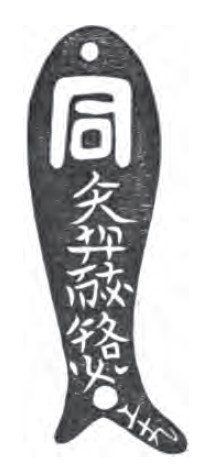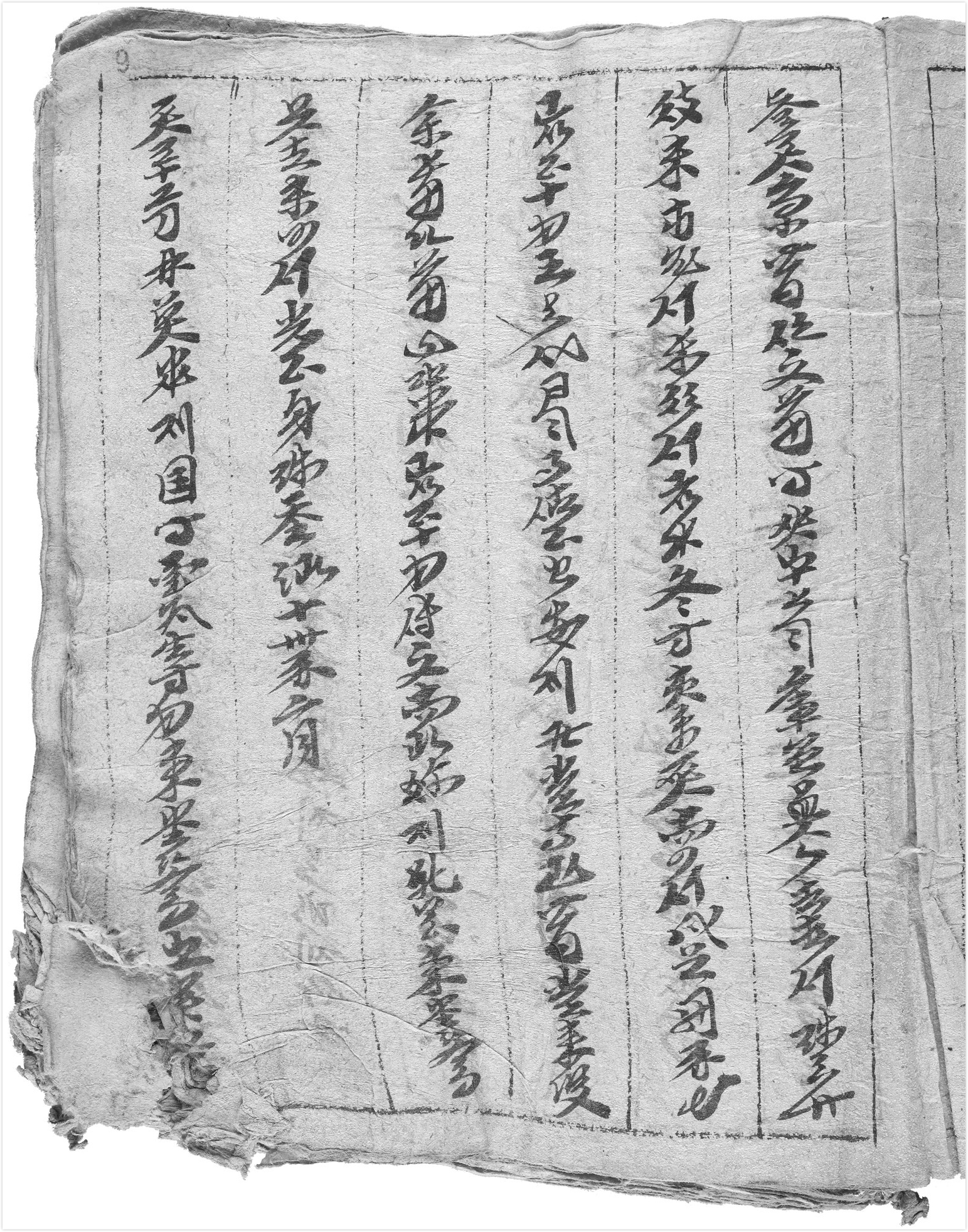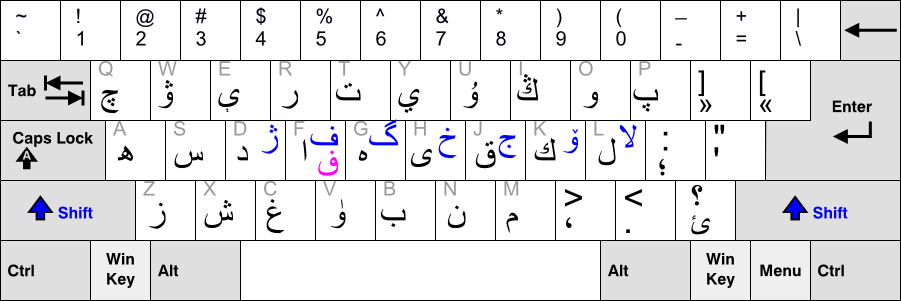|
Yelü Diela
Yelü Diela () was the younger brother of the Liao dynasty founder Yelü Abaoji. He invented the "Khitan small script" to accommodate the more agglutinative Khitan language around the year 925. The script was based partly on the earlier "Khitan large script" or Chinese-like logographic writing, but was also inspired by the vertically written Old Uyghur alphabet that was shown to him by an ambassador.History of Liao The ''History of Liao'', or ''Liao Shi'' (''Liáo Shǐ''), is a Chinese historical book compiled officially by the Mongol-led Yuan dynasty (1271–1368), under the direction of the historian Toqto'a (Tuotuo), and finalized in 1344.Xu Elina-Qian, ..., Chapter 64 (《辽史 第六十四卷 表第二 皇子表》) References External linksLiao (Khitan) literature and script Creators of writing systems Year of death unknown Year of birth unknown {{Writingsystem-stub Yelü clan 10th-century Khitan people ... [...More Info...] [...Related Items...] OR: [Wikipedia] [Google] [Baidu] |
Liao Dynasty
The Liao dynasty (; Khitan: ''Mos Jælud''; ), also known as the Khitan Empire (Khitan: ''Mos diau-d kitai huldʒi gur''), officially the Great Liao (), was an imperial dynasty of China that existed between 916 and 1125, ruled by the Yelü clan of the Khitan people. Founded around the time of the collapse of the Tang dynasty, at its greatest extent it ruled over Northeast China, the Mongolian Plateau, the northern part of the Korean Peninsula, southern portions of the Russian Far East, and the northern tip of the North China Plain. The dynasty had a history of territorial expansion. The most important early gains was the Sixteen Prefectures (including present-day Beijing and part of Hebei) by fueling a proxy war that led to the collapse of the Later Tang dynasty (923–936). In 1004, the Liao dynasty launched an imperial expedition against the Northern Song dynasty. After heavy fighting and large casualties between the two empires, both sides worked out the Chanyuan Trea ... [...More Info...] [...Related Items...] OR: [Wikipedia] [Google] [Baidu] |
Abaoji
Abaoji (872–6 September 926), posthumously known by his temple name as the Emperor Taizu of Liao, was a Khitan leader and the founding emperor of the Liao dynasty of China, ruling from 916 to 926. He had a sinicised name, Yelü Yi; some sources suggest that Abaoji's family name, Yelü, was adopted during his lifetime, although there is no consensus amongst historians on this point. Abaoji was born in 872 in Southern Mongolia and had a turbulent childhood. His grandfather was killed in a conflict between tribes, and his father and uncles fled. He was hidden by his grandmother for his safety. He became khagan of the Khitans on 27 February 907, and was subsequently enthroned as emperor in 916, proclaiming his own era name. He died on 6 September 926. He was responsible for the conquest and unification of all of Inner Mongolia, northern China and southern Manchuria. After the Khitan Empire became the Liao dynasty in 942, Abaoji was posthumously considered a Liao emperor. Legends ... [...More Info...] [...Related Items...] OR: [Wikipedia] [Google] [Baidu] |
Khitan Small Script
The Khitan small script () was one of two writing systems used for the now-extinct Khitan language (the other was the Khitan large script). It was used during the 10th–12th century by the Khitan people, who had created the Liao Empire in present-day northeastern China. In addition to the small script, the Khitans simultaneously also used a functionally independent writing system known as the Khitan large script. Both Khitan scripts continued to be in use to some extent by the Jurchens for several decades after the fall of the Liao dynasty, until the Jurchens fully switched to a script of their own. Examples of the scripts appeared most often on epitaphs and monuments, although other fragments sometimes surface. History The Khitan small script was invented in about 924 or 925 CE by a scholar named Yelü Diela. He drew his inspiration from "the Uyghur language and script", which he was shown by a visiting Uyghur ambassador at the Khitan court. For this reason, Khitan small script ... [...More Info...] [...Related Items...] OR: [Wikipedia] [Google] [Baidu] |
Agglutinative
In linguistics, agglutination is a morphological process in which words are formed by stringing together morphemes, each of which corresponds to a single syntactic feature. Languages that use agglutination widely are called agglutinative languages. Turkish is an example of an agglutinative language. The Turkish word ("from your houses") consists of the morphemes ''ev-ler-iniz-den,'' literally translated morpheme-by-morpheme as ''house-plural-your(plural)-from''. Agglutinative languages are often contrasted with isolating languages, in which words are monomorphemic, and fusional languages, in which words can be complex, but morphemes may correspond to multiple features. Examples of agglutinative languages Although agglutination is characteristic of certain language families, this does not mean that when several languages in a certain geographic area are all agglutinative they are necessarily related phylogenetically. In the past, this assumption led linguists to propose the s ... [...More Info...] [...Related Items...] OR: [Wikipedia] [Google] [Baidu] |
Khitan Language
Khitan or Kitan ( in large script or in small, ''Khitai''; , ''Qìdānyǔ''), also known as Liao, is a now-extinct language once spoken in Northeast Asia by the Khitan people (4th to 13th century). It was the official language of the Liao Empire (907–1125) and the Qara Khitai (1124–1218). Classification Khitan appears to have been related to the Mongolic languages; Juha Janhunen states, conception is gaining support that Khitan was a language in some respects radically different from the historically known Mongolic languages. If this view proves to be correct, Khitan is, indeed, best classified as a Para-Mongolic language." Alexander Vovin (2017) argues that Khitan has several Koreanic loanwords. Since both of the Korean Goryeo dynasty and Khitan Liao dynasty claimed to be successors of Goguryeo, it is possible that the Koreanic words in Khitan were borrowed from the language of Goguryeo. Script Khitan was written using two mutually exclusive writing systems known as th ... [...More Info...] [...Related Items...] OR: [Wikipedia] [Google] [Baidu] |
Khitan Large Script
The Khitan large script () was one of two writing systems used for the now-extinct Khitan language (the other was the Khitan small script). It was used during the 10th–12th centuries by the Khitan people, who had created the Liao Empire in north-eastern China. In addition to the large script, the Khitans simultaneously also used a functionally independent writing system known as the Khitan small script. Both Khitan scripts continued to be in use to some extent by the Jurchens for several decades after the fall of the Liao dynasty, until the Jurchens fully switched to a script of their own. Examples of the scripts appeared most often on epitaphs and monuments, although other fragments sometimes surface. History Abaoji of the Yelü clan, founder of the Khitan, or Liao, dynasty, introduced the original Khitan script in 920 CE. The "large script", or "big characters" (), as it was referred to in some Chinese sources, was established to keep the record of the new Khitan state. T ... [...More Info...] [...Related Items...] OR: [Wikipedia] [Google] [Baidu] |
Logographic
In a written language, a logogram, logograph, or lexigraph is a written character that represents a word or morpheme. Chinese characters (pronounced '' hanzi'' in Mandarin, ''kanji'' in Japanese, ''hanja'' in Korean) are generally logograms, as are many hieroglyphic and cuneiform characters. The use of logograms in writing is called ''logography'', and a writing system that is based on logograms is called a ''logography'' or ''logographic system''. All known logographies have some phonetic component, generally based on the rebus principle. Alphabets and syllabaries are distinct from logographies in that they use individual written characters to represent sounds directly. Such characters are called ''phonograms'' in linguistics. Unlike logograms, phonograms do not have any inherent meaning. Writing language in this way is called ''phonemic writing'' or ''orthographic writing''. Etymology Doulgas Harper's Online Etymology Dictionary states that the term 'logogram' was derived f ... [...More Info...] [...Related Items...] OR: [Wikipedia] [Google] [Baidu] |
Uyghur Alphabet
Uyghur is a Turkic language with a long literary tradition spoken in Xinjiang, China by the Uyghurs. Today, the Uyghur Arabic alphabet is the official writing system used for Uyghur in Xinjiang, whereas other alphabets like the Uyghur Latin and Uyghur Cyrillic alphabets are still in use outside China, especially in Central Asia. History Old Uyghur and Modern Uyghur The Old Uyghur language and Modern Uyghur are distinct Turkic languages and are not different stages of the same language. The Old Uyghur language is ancestral to Western Yugur, while modern Uyghur is descended from one of the Karluk languages. Old Uyghur alphabets 5th to 18th century In the 5th century Old Uyghur was written for the first time using the Sogdian alphabet. This fell out of use during the 10th century, when it evolved into the Old Uyghur alphabet, although it was taken into use again between the 15th and 16th century. While the Sogdian alphabet was still in use, it was written with the Old Turkic ... [...More Info...] [...Related Items...] OR: [Wikipedia] [Google] [Baidu] |
History Of Liao
The ''History of Liao'', or ''Liao Shi'' (''Liáo Shǐ''), is a Chinese historical book compiled officially by the Mongol-led Yuan dynasty (1271–1368), under the direction of the historian Toqto'a (Tuotuo), and finalized in 1344.Xu Elina-Qian, p.22 Based on Khitan's primary sources and other previous official Chinese records, it details the Khitan people, Khitan's tribal life and traditions, as well as the official histories of the Liao dynasty and its successor, the Western Liao dynasty. Main sources ''History of Liao'' of 1344 was compiled using older sources, mainly: * the ''Shilu'' 實錄 (Veritable Records), completed in the Liao dynasty (916-1125) under the direction of Yelü Yan (耶律儼), no longer extant; * a draft ''Liao Shi'', compiled in the Jurchen-led Jin dynasty under the direction of an official named Chen Daren (陳大任), never published and no longer extant; * and several other sources such as the Zizhi Tongjian (1080's), Qidan Guo Zhi and other desc ... [...More Info...] [...Related Items...] OR: [Wikipedia] [Google] [Baidu] |
Year Of Death Unknown
A year or annus is the orbital period of a planetary body, for example, the Earth, moving in its orbit around the Sun. Due to the Earth's axial tilt, the course of a year sees the passing of the seasons, marked by change in weather, the hours of daylight, and, consequently, vegetation and soil fertility. In temperate and subpolar regions around the planet, four seasons are generally recognized: spring, summer, autumn and winter. In tropical and subtropical regions, several geographical sectors do not present defined seasons; but in the seasonal tropics, the annual wet and dry seasons are recognized and tracked. A calendar year is an approximation of the number of days of the Earth's orbital period, as counted in a given calendar. The Gregorian calendar, or modern calendar, presents its calendar year to be either a common year of 365 days or a leap year of 366 days, as do the Julian calendars. For the Gregorian calendar, the average length of the calendar year (the mea ... [...More Info...] [...Related Items...] OR: [Wikipedia] [Google] [Baidu] |
Year Of Birth Unknown
A year or annus is the orbital period of a planetary body, for example, the Earth, moving in its orbit around the Sun. Due to the Earth's axial tilt, the course of a year sees the passing of the seasons, marked by change in weather, the hours of daylight, and, consequently, vegetation and soil fertility. In temperate and subpolar regions around the planet, four seasons are generally recognized: spring, summer, autumn and winter. In tropical and subtropical regions, several geographical sectors do not present defined seasons; but in the seasonal tropics, the annual wet and dry seasons are recognized and tracked. A calendar year is an approximation of the number of days of the Earth's orbital period, as counted in a given calendar. The Gregorian calendar, or modern calendar, presents its calendar year to be either a common year of 365 days or a leap year of 366 days, as do the Julian calendars. For the Gregorian calendar, the average length of the calendar year ( ... [...More Info...] [...Related Items...] OR: [Wikipedia] [Google] [Baidu] |






.jpg)
